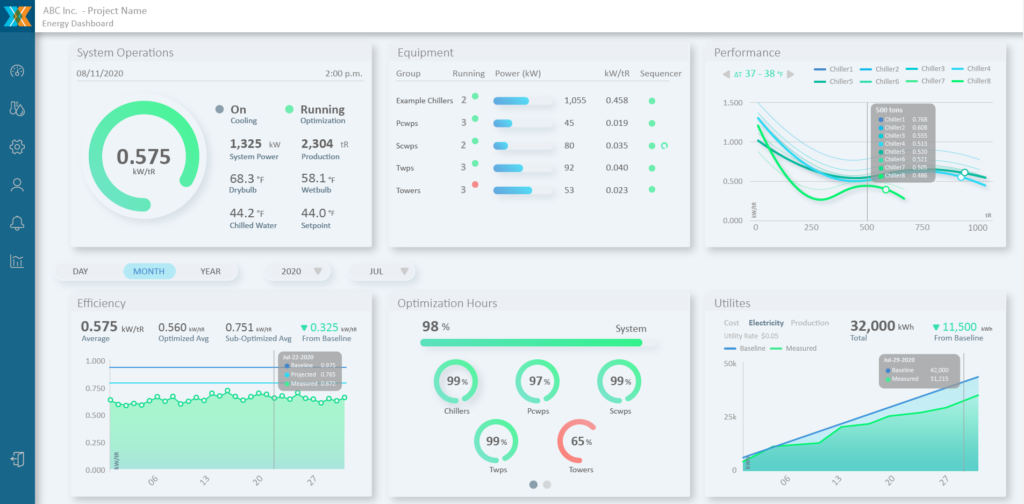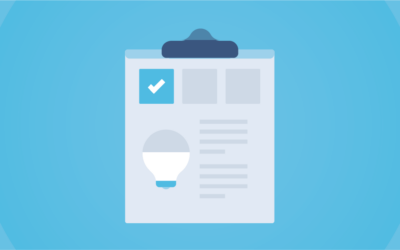Commercial and industrial electricity bills depend on a number of factors including demand charges. Understanding these variables can prevent surprises and improve site energy efficiency.
Utility Bill Basics
Most commercial and industrial sites have utility bills that are divided into two major categories:
- Energy consumption: the amount of energy (kWh) consumed, multiplied by the relevant price of energy ($/kWh) during the billing period.
- Demand: the maximum amount of power (kW) drawn for any given time interval (typically 15 minutes) during the billing period, multiplied by the relevant demand charge ($/kW).
Sites trying to save on their energy bill may attempt to estimate savings based on energy consumption as calculated above. The problem with this approach, however, is that it doesn’t take into account the second category, demand charges. Peak demand charges can account for 30 to 60 percent of a facility’s annual electric spend.
What Are Utility Demand Charges?
Demand charges exist to incentivize customers to spread their energy usage over time. This is because utilities must maintain enough generation and distribution capacity to meet the needs of all customers during the points in time when the most energy is drawn from the grid. This requires a large amount of expensive equipment to be kept on standby. Through demand charges, customers that draw a lot of power over short periods of time contribute more to the costs of building and maintaining the necessary infrastructure needed for peak times.
Demand is a measure of how much power a customer uses at a given time. The structure of the demand charge varies by utility but it will be based on the maximum amount of power that a customer used in any interval, typically a 15-minute period.
Calculating Utility Demand Charges
To determine the demand charge for a given month, the maximum power demand is multiplied by the demand charge rate of the prevailing utility rate. Some rate structures include multiple types of demand charges, with higher charges during hours of peak demand, and lower charges during “partial-peak” or “off-peak” hours.
Offsetting Utility Demand Charges
First and foremost, sites must understand when and how electricity is used. Utility companies will provide detailed breakdowns of energy consumption throughout the month.
Once a baseline is established, energy use optimization strategies are the first step in reducing site demand charges. One common source of demand spikes are HVAC systems. Xpress ® from tekWorx ensures the most efficient combination of cooling equipment is in operation, reducing spikes and demand charges. Xpress ® utilizes real-time adaptive control algorithms to take into account parameters like weather and chiller efficiency curves to make intelligent equipment sequencing decisions that use only the necessary equipment and capacities to satisfy cooling needs. The system’s dashboard also tracks real-time site utility costs as show below.

tekWorx Xpress® dashboard provides a real-time look into utility rates, allowing site personnel greater insight into energy consumption and associated charges.
Many utility companies offer programs to lower, offset, or eliminate demand charges. Most of these programs require the utility company to manage a site’s loads during peak times. If a site has the flexibility to switch to an alternate energy source during peak times, such programs could prove beneficial and cost-effective.
Lastly, solar panel systems have the potential to reduce demand charges in the right setting. A solar system generates electricity from the sun allowing a site to use solar-generated electricity as opposed to utility-generated electricity. If, however, a spike in demand on a cloudy day or in the evening, demand charges will follow accordingly. Solar solutions can be used in tandem with battery storage to store energy generated from the solar panels to be used during peak times.



